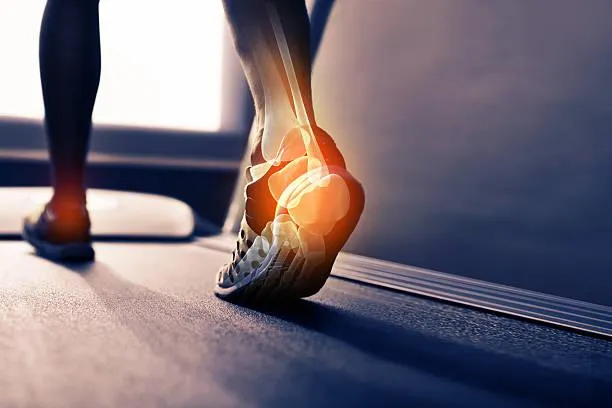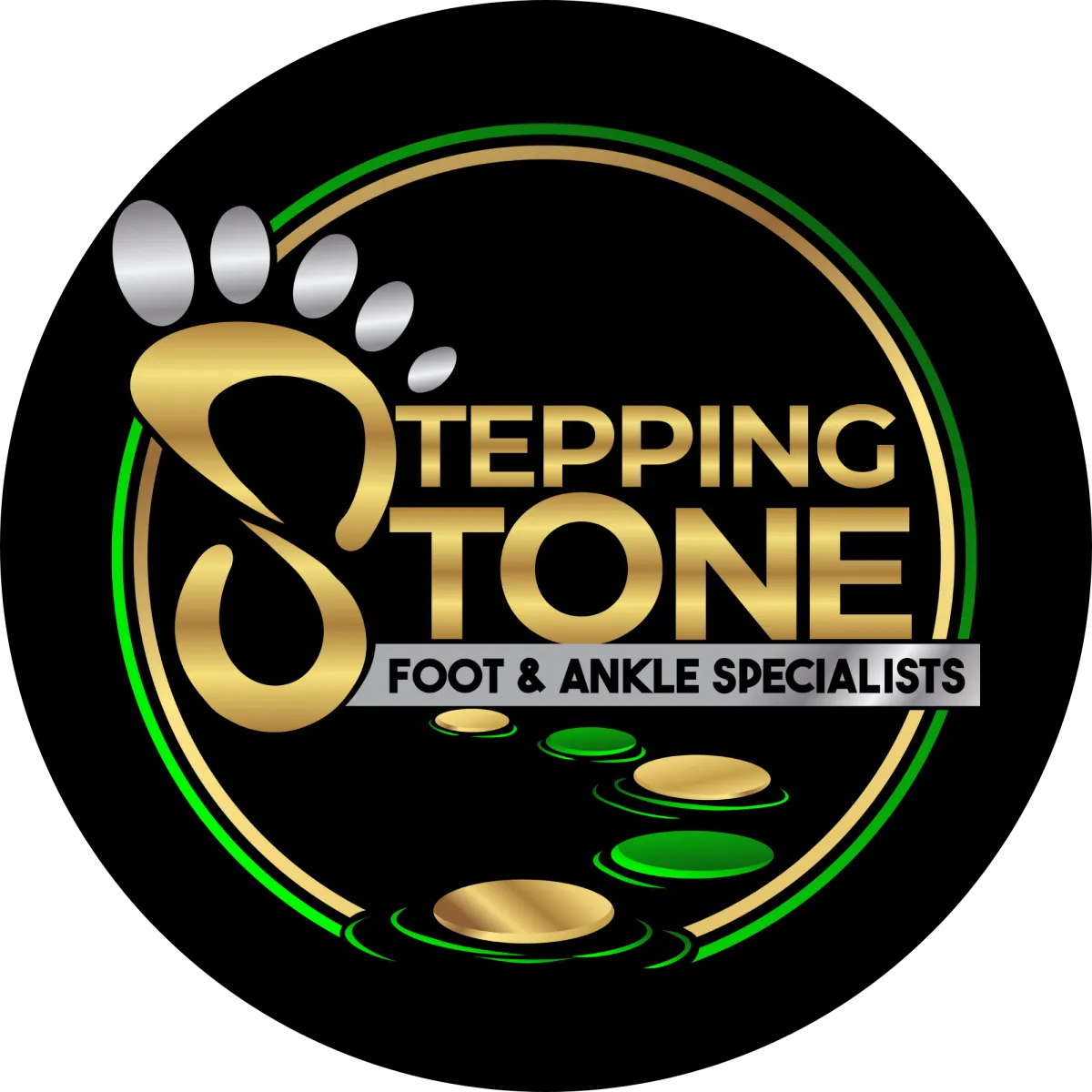
The plantar fascia, a key foot arch support, bears significant weight during walking or running. It undergoes substantial stress, making heel pain a common complaint. The pain is typically felt beneath the heel, especially during initial steps or after inactivity. Prolonged strain on the plantar fascia causes soft tissue fibers to tear or stretch. This leads to inflammation, pain, and potential bone spur growth at the heel’s attachment. Heel spurs, bony growths, can exist without causing symptoms. Not all painful heels are associated with the presence of a heel spur. Early intervention is crucial for managing plantar fasciitis and relieving discomfort.
The most common complaint is pain and stiffness in the bottom of the heel. Pain is often at its worst first thing in the morning. Often the pain disappears after the first steps and can reappear after standing or walking for long periods. The heel pain may be dull or sharp and the bottom of the foot may also ache or burn. Mild swelling is possible and there may be difficulty bending the toes towards the shin (called “dorsiflexion” of the foot).
Although most patients with plantar fasciitis respond to non-surgical treatment, a small percentage of patients may require surgery. If, after several months of non-surgical treatment, you continue to have heel pain, surgery will be considered.
Both the traditional and minimally invasive surgical correction techniques are performed to combat plantar fasciitis. Both techniques involve relieving the tension on the plantar fascia (plantar fasciotomy or cutting of the fascia) and relieving the pain of heel spur syndrome which often involves removing the spur also.
Because the minimally invasive techniques are less traumatic, and the recovery time shorter, most patients prefer this method of correction. Each patient is unique, however, and the doctor will discuss which technique he or she feels best suits the patient for optimal outcome.
Open or traditional surgical correction techniques involve a large incision, several centimeters in length, which is made on the inside of the heel. This allows the surgeon access to the spur and the connection of the plantar fascia to the heel bone. In removing the spur from the heel, the plantar fascia is partially cut and released from its connection to the heel bone. This releases the tension in the plantar fascia, thus relieving the patient’s pain. The incision is closed with stitches, and you are placed in a surgical bandage to protect the foot while it heals. You may be placed in a splint for certain open technique corrections. The large incision into the heel precludes, in some cases, the patient from bearing any weight on the foot for 2-4 weeks.
The technique used in minimally invasive or minimal incision percutaneous surgery involves a much smaller incision of the heel for release of the fascia and removal of the spur if present. It involves making a small incision less than 1 cm to release the plantar fascia, which may be combined with heel spur removal. Suture is usually not necessary. For this technique, surgeons use instruments which are very fine and rotate at high speed to make tiny, precise cuts. Surgery is performed under Fluoroscopic viewing. There is less trauma to the tissues and surgical times are lessened with this technique, reducing pain and recovery time. Postoperative patients ambulate immediately and are often placed in a surgical shoe or boot to aid ambulation. The most commonly performed MIS procedure for correction of heel spur syndrome is the Isham modified Schwartz procedure.

Stepping Stone Foot & Ankle Specialists
170 N. Henderson Road,
Suite 310, King of Prussia
PA 19406-2155

